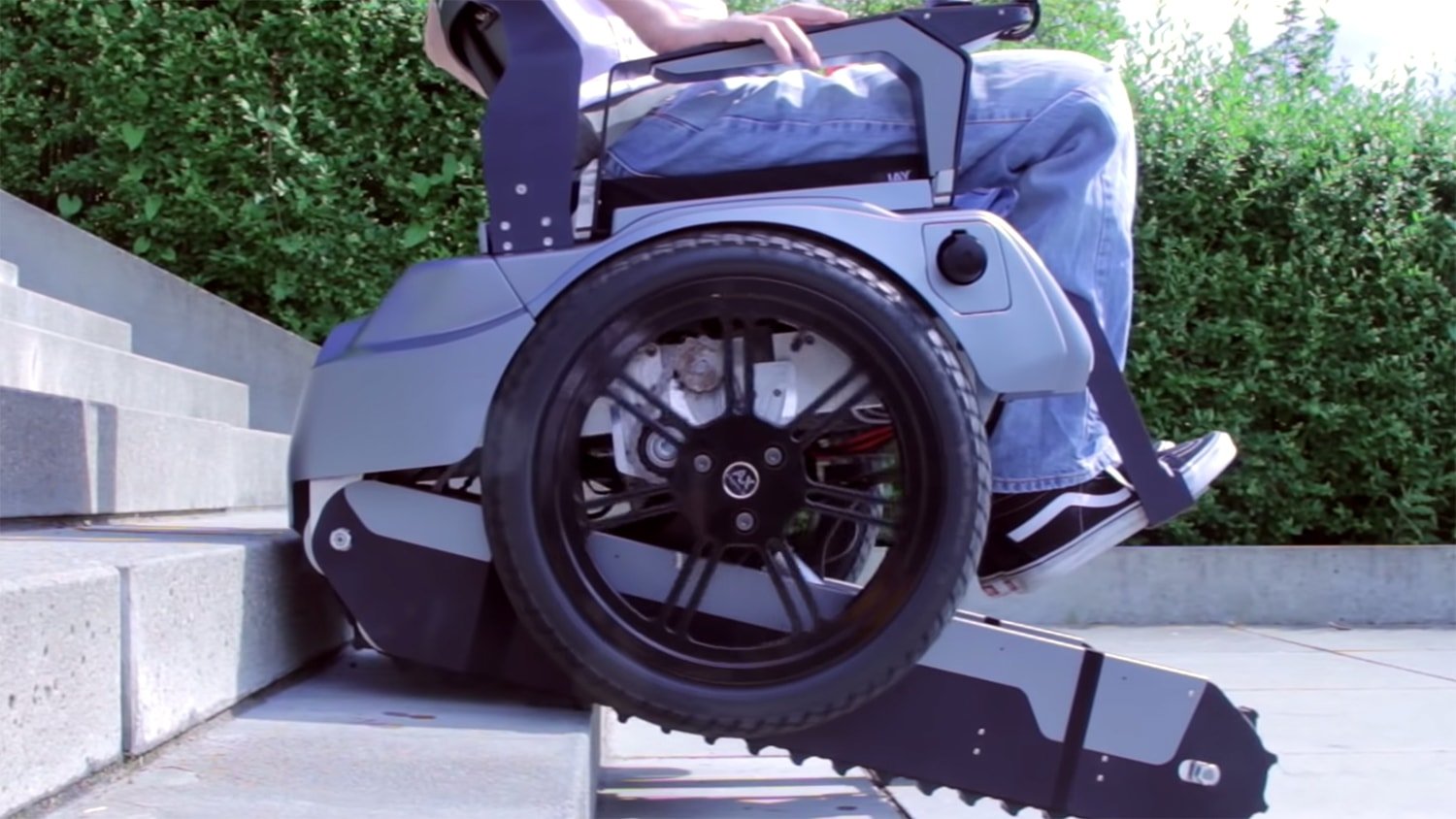Continue reading 10 Technologies that Are Redefining Disability Right Now
Category: Science
A Comprehensive Stroke Resource Guide
Molecular Biology Resources Online
Multiple Sclerosis (MS) Information Page
The Pharmacology Resource Page
Cerebral Palsy Information
Cerebral palsy (CP) is a group of conditions caused by medical abnormalities in the development of a fetus or the early life of a child. These lead to damage or delayed development in the brain. The disorder is permanent and, though it does not worsen with age, the level of functionality of a person with cerebral palsy varies widely: in some cases, effects may be very minor, while in others, movement is impaired to the extent that a wheelchair is required. Common complications associated with CP vary by the type of CP disorder but can include vision problems, seizures, learning disabilities, and issues speaking, writing, and performing other tasks related to motor control.
